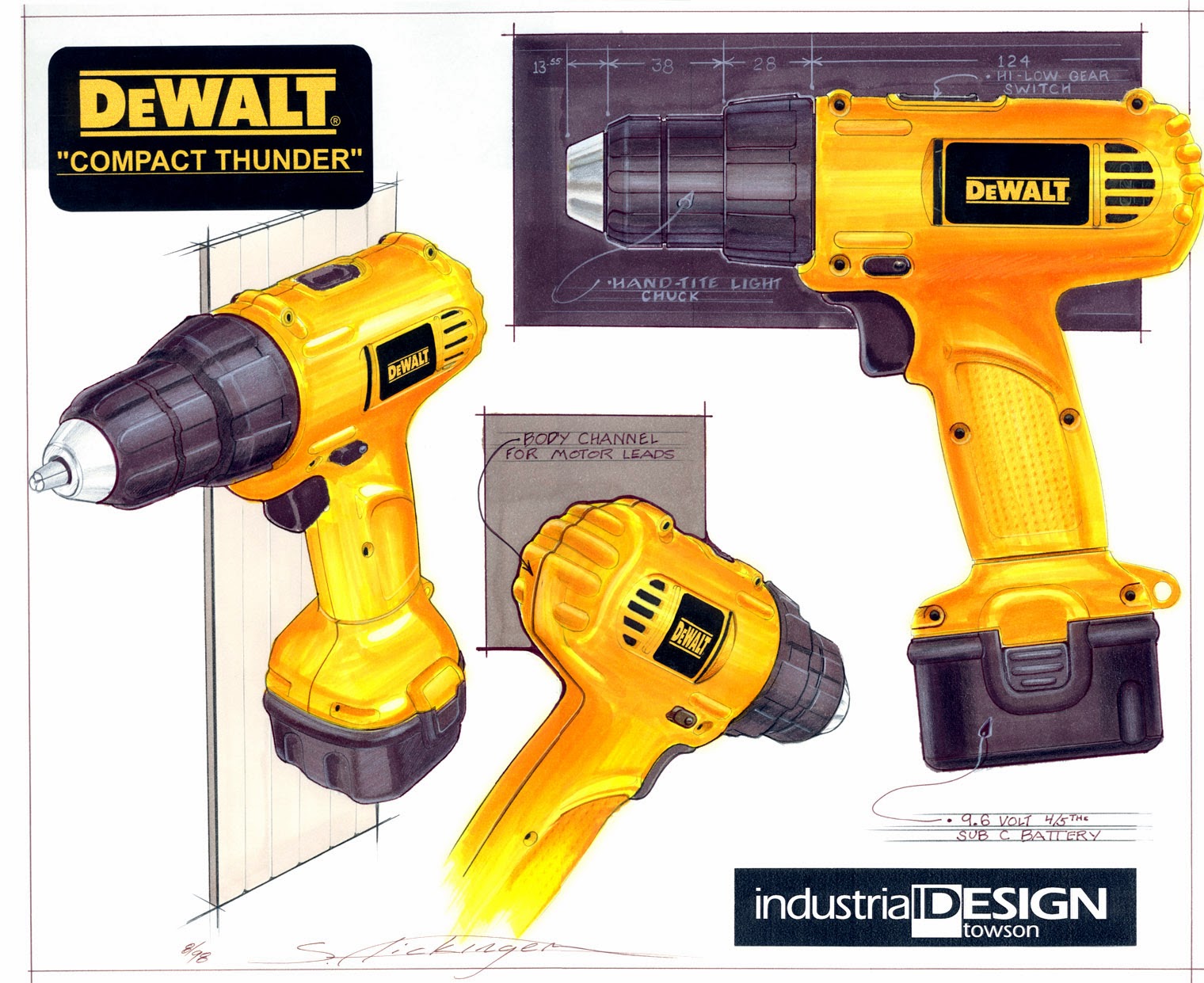 |
| Lincoln Shifter |
This shifter design was part of a larger project by the Component Studio at Ford to create a high end interior concept for the Lincoln brand. The Component Studio worked on individual components like steering wheels, gauges, entertainment systems, seats and other parts that were common across several vehicle brands and platforms. While we designed several items in an interior we never designed the whole thing. The studio chief decided we needed to show our full talent and so developed this "secret project" to design a Lincoln interior.
 |
| Lincoln Shifter Concepts |

While developing the design I was also making Alias models and having rapid prototypes made to judge the physical feel and appearance of the shifter. Often parts developed on the computer lose their sense of proportion and need a reality check with a physical model. I was later surprised, after we showed the final concept, that Lincoln produced a Zephyr concept car using one of these early Alias models as a reference. I did not even know they were doing a concept car until I saw it on television. Here is a picture of the shifter as it appeared then.
Development continued with more sketches focused on getting the proportions right with just the right amount of chrome center and finished wood sides.
The design in the shaded box above was pretty much the final sketch that became the final design for our secret luxury interior project. Below is an Alias rendering from the same cad files use to create the actual shifter parts for the project.
The design in the shaded box above was pretty much the final sketch that became the final design for our secret luxury interior project. Below is an Alias rendering from the same cad files use to create the actual shifter parts for the project.
The "secret project" was well received by upper management. The studio chief was even asked to stop presenting so they could " just take it all in".
That ended my involvement in the design and I continued on with the several other projects meant for production. A few months later my studio chief told me that the shifter design had been picked up for the Ford Edge and Lincoln MKX crossover SUV models that were being developed at the time. The design was changed by adding a big radius transition from the top to the back and eliminating the logo on top. The walnut pieces were also replaced with "leather" covered caps and a lock out button was added.
 |
| Ford F-150 Shifter |
To summarize, a luxury Lincoln shifter design for a "secret project" to show case design talents of studio designers that was never meant for production becomes the design used in the highest selling non luxury vehicle in the US for the average Joe. It was rumored to me that that was how the Ford GT came into existence too. But I can not verify that.
***
If you are interested in the design services I offer or want to see
other projects I have worked on in the past, please click this link to
go to my website, bullseyedesignworx.com. You can also click on the labels to the right to view particular topics covered in my blogs.




























































